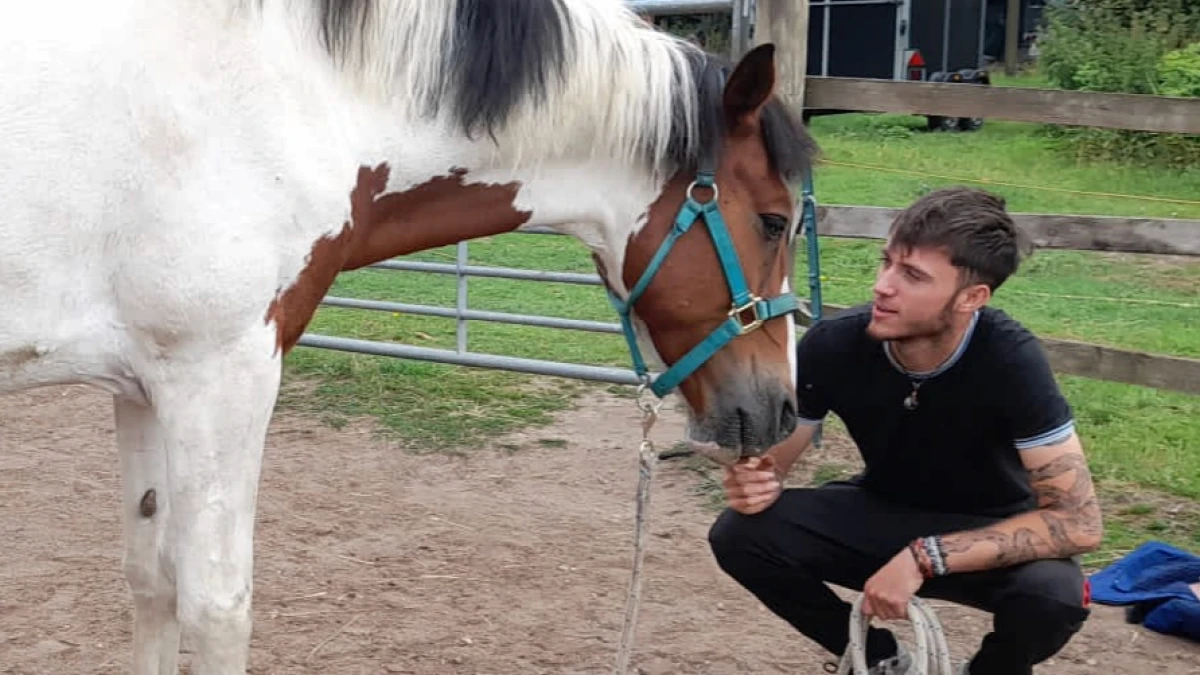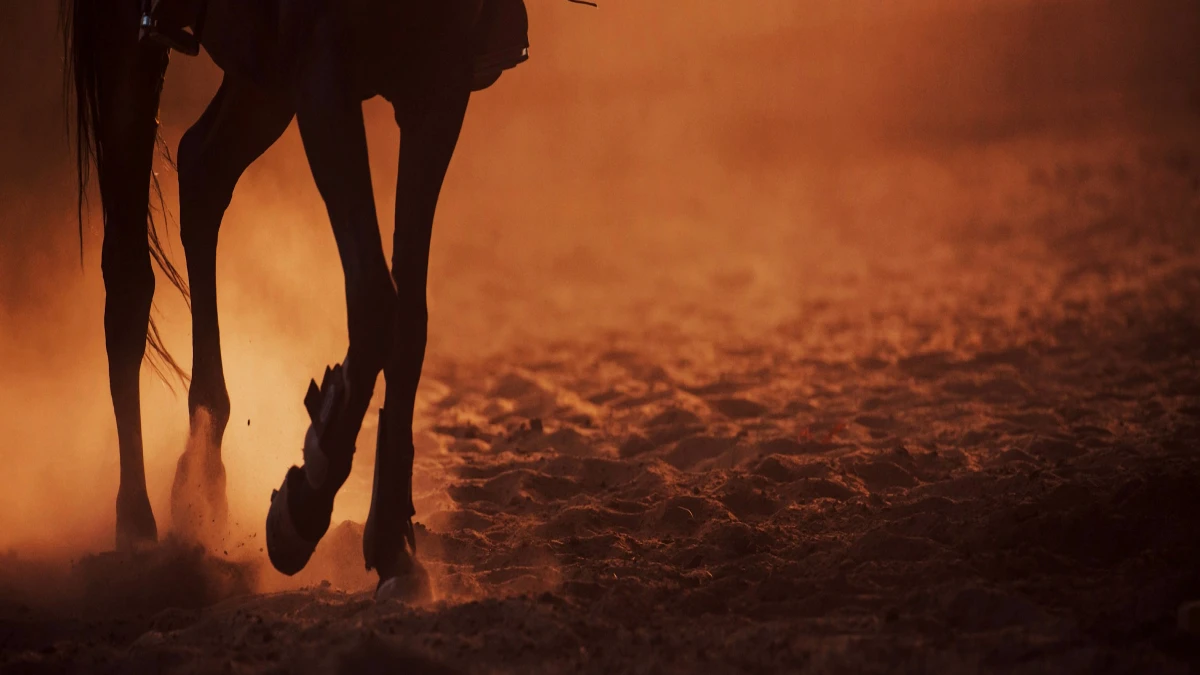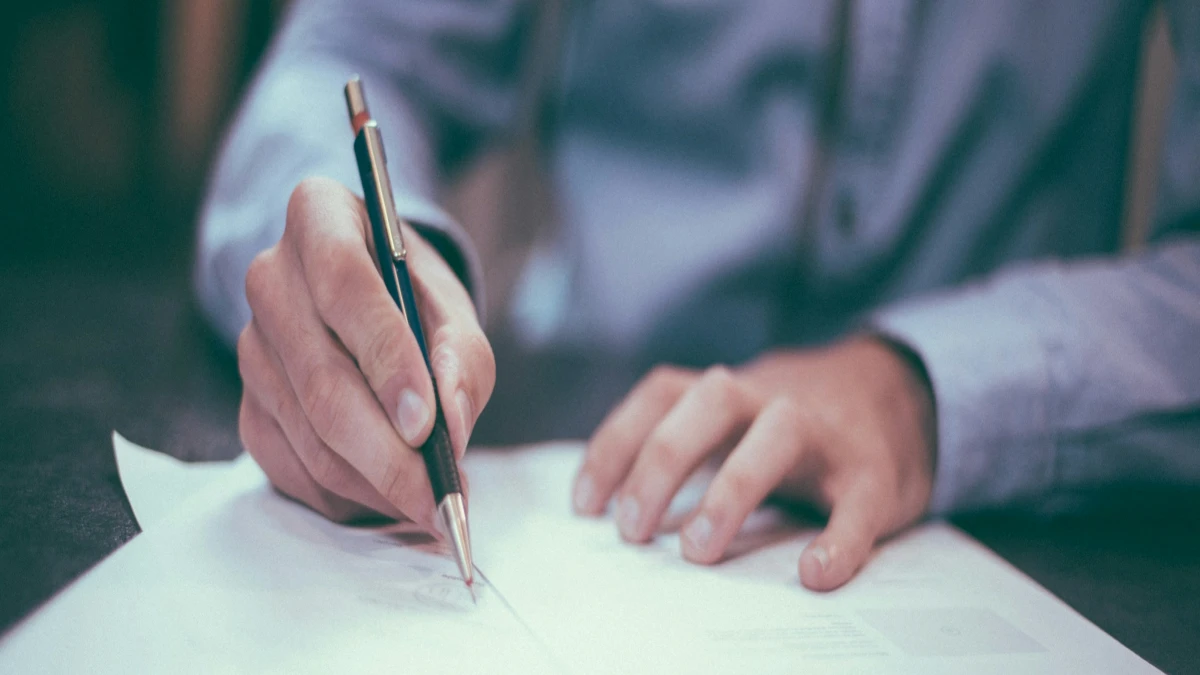The Importance of Groundwork: Building Trust and Communication with Your Horse
Sep 10, 2024 by Jamie Finch

Many riders focus on what happens once they’re in the saddle when working with horses.
However, the most successful equestrians understand that the foundation of a strong, trusting partnership with a horse begins on the ground.
Groundwork is an essential part of equine training, improving communication and building trust and respect between horse and rider.
Whether you’re a novice or a seasoned horse owner, incorporating groundwork into your routine will significantly enhance your relationship with your horse.
What is Groundwork?
Groundwork refers to the training and exercises conducted with a horse from the ground rather than in the saddle.
It includes various activities such as leading, lunging, backing up, and desensitisation.
Groundwork allows you to communicate with your horse using body language, voice commands, and signals before you ever step into the stirrups.
It’s a way to build a mutual understanding with your horse in a safe and controlled environment.
By mastering the groundwork, you create a foundation for respect and trust.
Your horse learns to look to you for guidance, and you develop a clearer understanding of how your horse responds to cues, pressure, and their environment.
How Groundwork Strengthens Trust
Understanding a Horse’s Instincts
Horses are prey animals whose instincts are finely tuned to detect danger. This often leads to heightened awareness and cautiousness in new or uncertain situations.
Groundwork allows you to work with your horse in a way that addresses these instincts by showing them that you, as their handler, can be trusted to keep them safe.
The more a horse trusts you on the ground, the more willing they’ll be to follow your lead in potentially stressful or unfamiliar situations.
Building a Bond
Through consistent, calm interaction, groundwork helps create a strong bond between you and your horse.
Regular groundwork sessions give you both time to get to know each other’s personalities and quirks.
Horses thrive on routine and familiarity, so these interactions build positive associations.
As your horse becomes more comfortable with you on the ground, they’re more likely to trust and respect you in other aspects of their training.
Confidence Building
Groundwork can greatly benefit fearful or anxious horses, giving them a chance to build confidence in a less demanding setting.
Desensitisation exercises, for example, teach a horse that unfamiliar objects or noises are not dangerous, reducing fear and anxiety.
As a result, the horse becomes more relaxed and confident, which directly impacts its behaviour under saddle.
Essential Groundwork Exercises to Improve Communication
Leading Exercises
Leading a horse may seem basic, but establishing communication and control is excellent.
By working on leading from both sides and teaching your horse to yield to pressure, you’re creating a language of signals and responses that will help your horse understand what you’re asking.
This exercise also reinforces the horse’s respect for your personal space, which is crucial for safety.
Desensitisation
Horses can be wary of new sights, sounds, and sensations. Desensitisation exercises involve exposing your horse to different stimuli, like plastic bags, umbrellas, or loud noises, in a controlled way.
These exercises help your horse become less reactive and more trusting of your leadership when faced with new situations.
Backing Up and Yielding to Pressure
Teaching a horse to back up and move away from pressure is an essential groundwork exercise that enhances responsiveness.
This helps the horse understand boundaries and learn to respect your space.
These exercises also translate directly to under-saddle work, where yielding to pressure becomes critical in steering and halting.
Lunging
Lunging is a fantastic way to improve a horse’s focus.
It teaches them to listen to your voice commands while allowing them to release excess energy.
Lunging helps a horse become more responsive to your cues, whether you’re asking for a change in direction, speed, or halting.
The Role of Body Language in Groundwork
Horse’s Body Language
As horses primarily communicate through body language, understanding their signals is key to effective groundwork.
Watch for signs of relaxation (like lowered head) or tension (like raised head, pinned ears) to gauge how your horse feels during the session.
By recognising these cues, you can adjust your approach to either ease their anxiety or encourage engagement.
Your Body Language
Equally important is the body language you project to your horse.
Your stance, movement, and energy levels communicate as much to your horse as any verbal cue.
If you want your horse to move forward, walking with purpose and intention conveys this far better than a verbal command alone.
On the other hand, relaxed, soft body language can reassure a nervous horse and help build trust.
How Groundwork Prepares for Riding
Translating Groundwork to the Saddle
The lessons learned through groundwork directly influence a horse’s behaviour under saddle.
Teaching a horse to respond to pressure, follow your lead, and respect boundaries on the ground makes riding more intuitive for both horse and rider.
A horse that understands these principles on the ground will be more attentive and responsive during ridden work.
Improved Focus and Obedience
Groundwork helps a horse develop mental focus, which is just as important as physical training.
A horse that has learned to pay attention to you during groundwork will be more focused and less easily distracted when you’re riding, making for a more enjoyable and productive ride.
Safety Benefits
A solid foundation in groundwork can prevent or address behavioural issues before they become problematic under saddle.
For example, a horse that respects your space and understands yielding to pressure is less likely to bolt, rear, or buck, improving overall safety for both horse and rider.
Common Mistakes to Avoid During Groundwork
Inconsistent Signals
Horses rely on clear, consistent cues.
If you send mixed signals or fail to follow through with commands, your horse can become confused or frustrated.
Always be intentional with your cues and consistently reward the desired behaviour.
Overusing Pressure
While applying pressure is helpful in groundwork, too much can cause stress or resistance.
Always balance the pressure with the release—rewarding your horse when they responds correctly by easing the pressure shows them that they’ve done the right thing.
Rushing the Process
Patience is critical in groundwork.
Pushing a horse too quickly through exercises can lead to frustration and erode trust.
Take time and ensure your horse fully understands each step before moving on to more advanced work.
Conclusion
Groundwork is an invaluable tool in building trust and communication with your horse.
It provides a solid foundation for future training, enhances safety, and strengthens the bond between horse and handler.
Whether you’re addressing behavioural issues, preparing for riding, or simply working on your horse’s focus, incorporating groundwork into your routine will lead to a more confident, trusting, and responsive horse.
Explore More Topics
Understanding Behavioural Changes in Horses
When a horse’s behaviour suddenly changes, it’s rarely without cause. This blog explores the physical, emotional, and environmental reasons behind behavioural shifts — and how owners can respond with understanding, clarity, and care.
May 31, 2025
10 Essential Groundwork Exercises to Improve Equine Agility
This blog post, "10 Essential Groundwork Exercises to Improve Equine Agility," provides a comprehensive guide for horse owners looking to enhance their horse's agility, coordination, and responsiveness through progressive groundwork. Each exercise includes step-by-step instructions, explains why the exercise is important for building trust, focus, and physical conditioning, and details how these skills translate into improved performance in agility courses and other equestrian pursuits.
Oct 28, 2024
Top Tips for First-Time Horse Owners: How Equine Insurance Can Give You Peace of Mind
Equine insurance is a crucial safety net for horse owners, providing financial protection against unexpected costs related to veterinary care, accidents, injuries, and liability claims. Whether you're a first-time owner or an experienced equestrian, insuring your horse offers peace of mind by covering expensive vet bills, public liability issues, theft, and even death.
Oct 23, 2024







